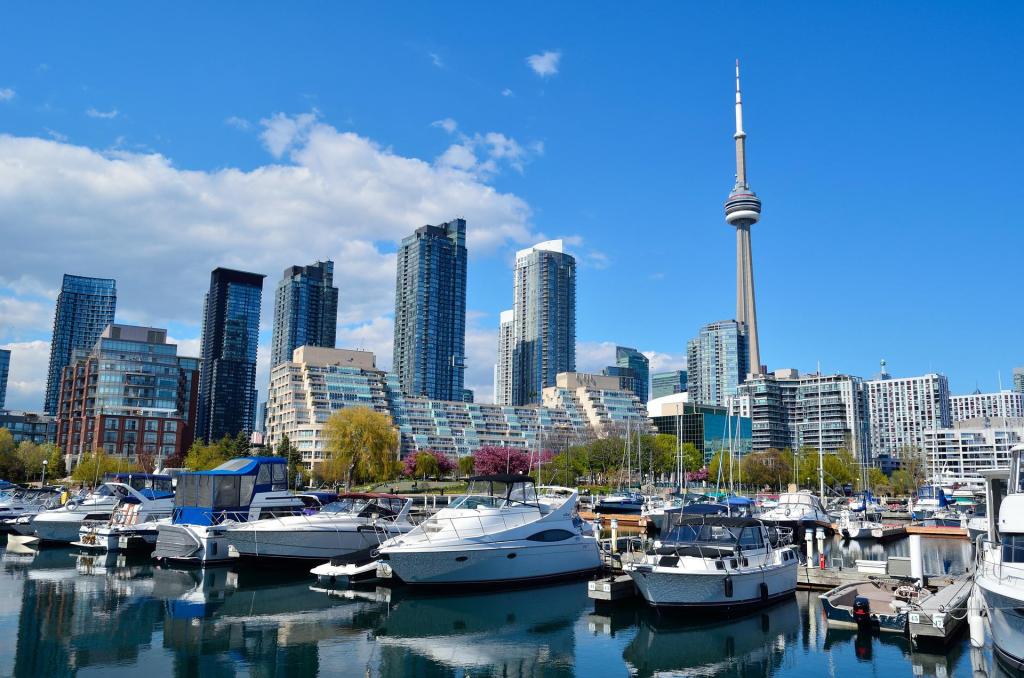7481 Woodbine Ave #203, Markham, ON L3R 2W1 (647) 806-8188
Copyright © 2021 CondoTrend. All rights reserved.

According to census statistics from 2021, Canada’s suburbanization continues. It based on an analysis by Statistics Canada of the population and change in Census Metropolitan Areas (CMAs) since the 2016 Census. Statistics Canada (Statscan) divides the population of the CMA into five geographic sectors, including the downtown area, and four extra sectors determined by proximity to the downtown area. These urban core and suburbs grouping is different from the core municipality and suburbs grouping because its data is much easier to get.
Canada is a land of vast expanses, although its urban area densities have lately increased due to a revision of urban area requirements (Note 1). Toronto, the biggest metropolitan area (population hub) in Canada, continues to be the most congested of the 59 cities with more than 50,000 people. Toronto’s population density of 3,028 per square kilometre (7,844 per square mile) is roughly five percent more than the average for the European Union. Montréal (population of 3.5 million) has a population density of 2,720 per square kilometre (7,045 per square mile), followed by Vancouver (population of 2.2 million) with a density of 2,584 per square kilometre (6,693 per square mile). Besides Milton, a rising Toronto suburb with a population density of 2,520 per square kilometre or 6,527 per square mile, Calgary (2,112/5,470), Regina, the capital of Saskatchewan (2,082/5,391), and Winnipeg, which has seen renewed development in recent years (2,070/5,360), round out the top ten.
The demographic forecast reflects the Ontario Ministry of Finance’s most recent population predictions. These forecasts based on assumptions that account for previous migration trends across all streams and the ongoing development of long-term patterns. The forecasts in this research based on the reference, or medium-growth, scenario, which seen as most probable assuming current trends continue. Alternate scenarios and probable effects of the COVID19 epidemic on Ontario’s population increase also considered. The population of Ontario has almost quadrupled since 1971, from 7.8 million to 14.6 million in 2019. During this period, the province’s population increased by an average of 1.3 percent each year, or 140,000 people. In 1971, 35.7% of Canadians lived in Ontario. In 2019, 38.8% of Canadians lived there.

In recent years, beginning in the summer of 2016, provincial population growth has increased. Ontario’s population rose by 248,000 in 2018–19 alone (1.7 percent). It is much greater than the average annual growth rate of 121,000 (0.9%), which recorded throughout the previous decade (2006 to 2016). Increased immigration, an increase in non-permanent residents, particularly foreign students, and favourable interprovincial movement all contributed to the province’s rapid population growth.
The population of Ontario anticipated continuing to expand, although at a slower rate, from 1.8 percent in 2019–20 to 1.0 percent in 2045–46. citation 2 [2] In 2025, it anticipated that the recent fast rise in the number of non-permanent residents will reduce and revert to more typical levels, resulting in a decrease in the yearly population growth rate. The population anticipated expanding from 182,000 per year in 2025–26 to 190,000 per year in 2045–46. Even though the population growth rate projected to fall over the long run, it increases gradually. In 2046, the provincial population predicted to increase from 14.6 million in 2019 to 19.8 million. It represents a 36 percent increase over the next 27 years. The proportion of yearly population growth because of natural increases, or births minus deaths, has decreased during the last 50 years. Low birth rates, an aging population, and increased immigration have.

Approximately one-third of population growth in the 1970s was due to net migration, while the other two-thirds was due to natural growth. The circumstances have changed. Natural growth accounted for 28% of Ontario’s population growth during the last decade, while net migration accounted for 72%. This pattern anticipated to continue until 2046 since fertility rates projected to stay consistent, the population projected to continue aging, and immigration rates projected to remain stable. By 2045–46, a natural increase anticipated accounting for just 11 percent of Ontario’s population growth, with net migration becoming the dominant source of population growth (89 percent). Immigration accounts for the majority of net migration. In 2019, Ontario received 45 percent of all immigrants to Canada, accounting for 153,413 immigrants. This quantity of immigrants is equal to the population of Barrie. Before the COVID-19 epidemic (see the discussion after this chapter), it anticipated that national immigration levels would rise shortly, under the legal immigration strategy. It expected that the nationwide immigration goal could go up from 341,000 in 2020 to 361,000 in 2022.
Sources: https://www.ontario.ca/document/ontarios-long-term-report-economy/chapter-1-demographic-trends-and-projections
https://www.macrotrends.net/cities/20402/toronto/population
https://www.toronto.ca/wp-content/uploads/2022/02/92e3-City-Planning-2021-Census-Backgrounder-Population-Dwellings-Backgrounder.pdf
https://www.aims.ca/op-ed/canadas-urban-areas-descent-affordability/
7481 Woodbine Ave #203, Markham, ON L3R 2W1 (647) 806-8188